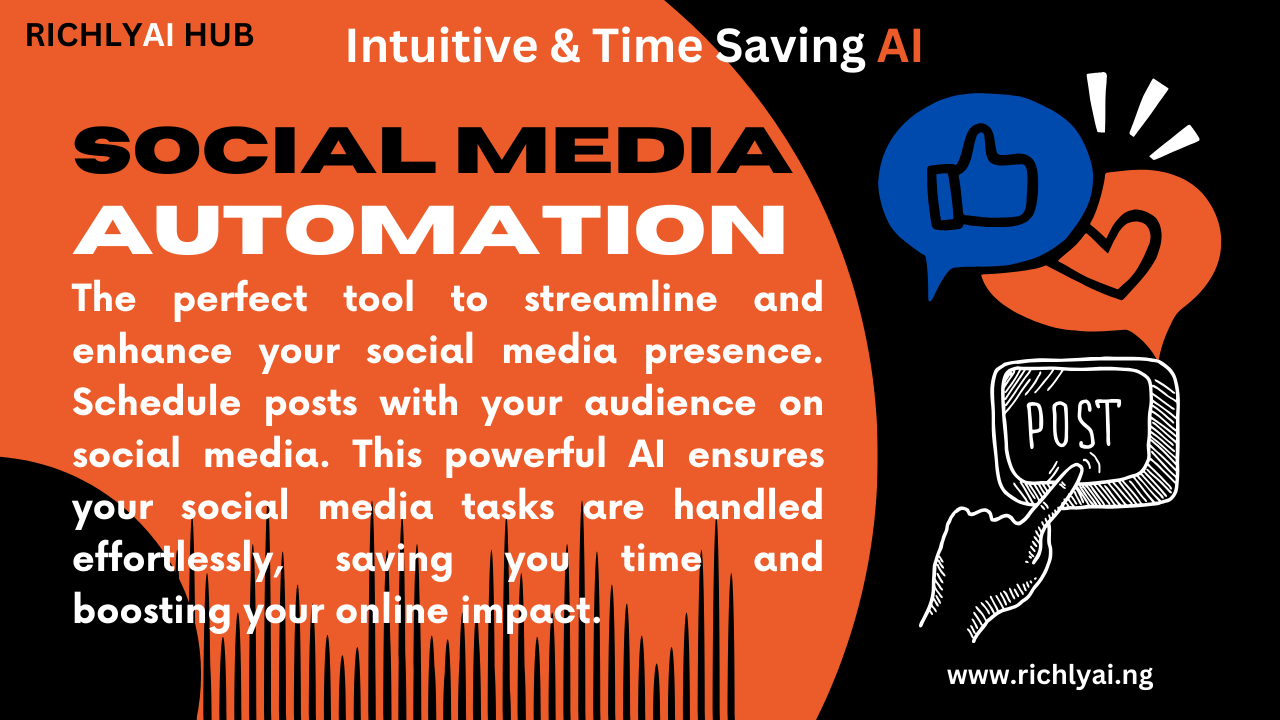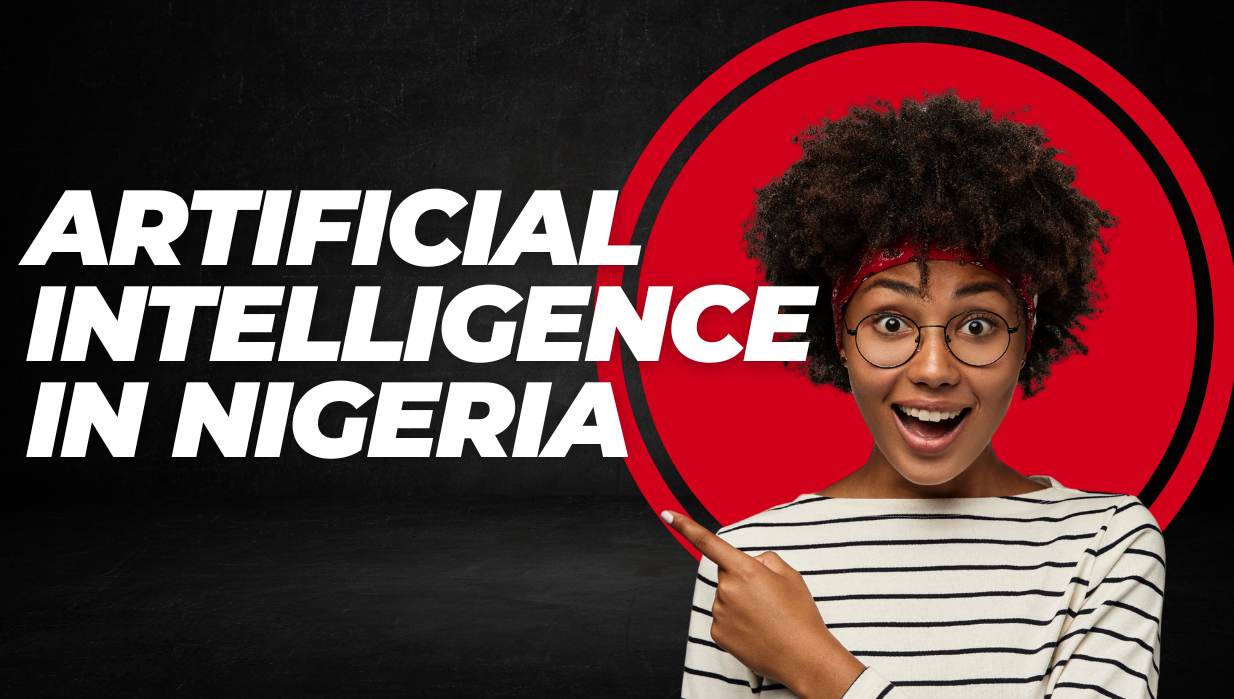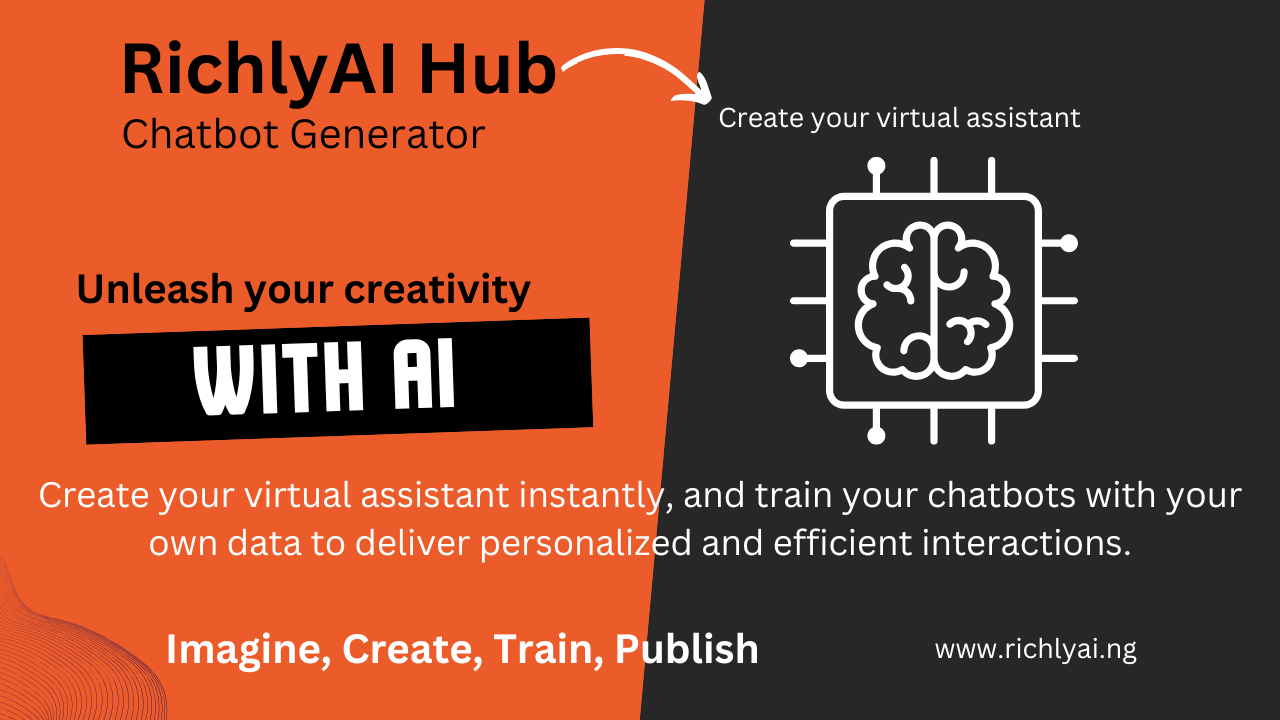
Introduction
As AI reshapes workplaces—from hiring algorithms to productivity tools—organizations face a pressing question: How can we harness AI’s power while safeguarding ethics? With 67% of employees expressing skepticism about AI’s fairness (McKinsey, 2023), ethical frameworks are no longer optional. This article explores actionable strategies to align AI with transparency, equity, and social responsibility.
1. Transparency Through Open Data Sharing
Why it matters: Transparent data practices demystify AI decisions, fostering trust. For example, IBM’s AI Explainability 360 toolkit helps teams interpret model outputs.
Action steps:
-
Share anonymized datasets internally to encourage cross-department collaboration.
-
Publish annual “AI Transparency Reports” detailing how data informs decisions (e.g., Google’s Model Cards).
-
Use plain language to explain AI workflows in employee training sessions.
2. Building Trust via Proactive Communication
Case study: When Microsoft introduced AI-driven performance reviews, they held town halls to address employee concerns, reducing resistance by 40%.
Strategies:
-
Internal: Host monthly “AI Q&A” sessions with tech leads.
-
External: Create client-facing guides on how your AI adheres to GDPR or the EU AI Act.
-
Safe Spaces: Launch anonymous feedback portals for reporting ethical concerns without fear of reprisal.
3. Eradicating Bias: Beyond Nondiscrimination Policies
The problem: Amazon scrapped a hiring algorithm in 2018 after it penalized female candidates.
Solutions:
-
Audit AI systems using tools like IBM Fairness 360 or TensorFlow’s Fairness Indicators.
-
Form cross-functional ethics committees to review AI models quarterly.
-
Partner with NGOs like Algorithmic Justice League to stress-test for racial/gender bias.
4. Inclusive Design: Empowering Stakeholders
Best practices:
-
Involve frontline employees in AI design sprints (e.g., Starbucks’ barista feedback loop for inventory AI).
-
Use diverse training data: Salesforce’s “Equity Teams” ensure datasets represent marginalized groups.
-
Adopt participatory AI governance, as seen in Estonia’s citizen-led digital initiatives.
5. Ethics-Driven Data Practices
Framework integration: Align data practices with the IEEE’s Ethically Aligned Design or OECD AI Principles.
Compliance tactics:
-
Assign “AI Ethics Officers” to oversee data lifecycle management.
-
Conduct bi-annual audits with third-party firms like PwC’s Responsible AI team.
-
Encrypt sensitive data and mandate ethics training for developers (e.g., Intel’s AI Ethics Certification).
6. Measuring Impact for Continuous Improvement
Metrics to track:
-
Fairness: Disparity ratios in AI outcomes across demographics.
-
Transparency: Employee comprehension scores (via surveys).
-
Accountability: Time taken to resolve AI-related grievances.
Tools: Dashboards like H2O.ai’s Driverless AI monitor real-time ethics metrics.
7. Community Engagement & Social Responsibility
Leading by example:
-
Local partnerships: IBM’s SkillsBuild partners with communities to reskill workers displaced by AI.
-
Global advocacy: Join initiatives like the Partnership on AI to shape industry standards.
-
Sustainability: Deploy AI for ESG goals, like Google’s data center cooling AI reducing energy use by 40%.
Conclusion: Ethics as a Competitive Advantage
Ethical AI isn’t just risk mitigation—it’s a growth lever. Companies like Mastercard (using AI to block biased lending) prove that fairness drives innovation. By prioritizing transparency, inclusive design, and relentless accountability, organizations can turn AI into a force for equity, trust, and long-term success.
Call to action: Start small. Audit one AI system this quarter, publish your findings, and iterate. The future of work demands nothing less.

